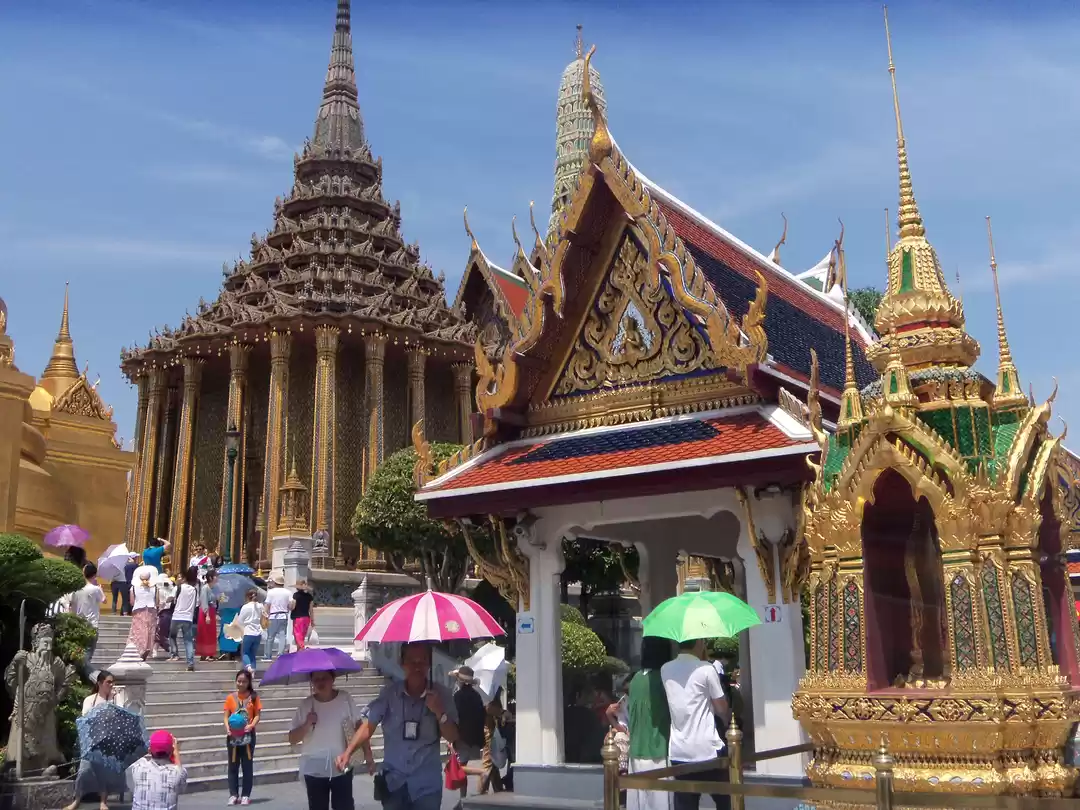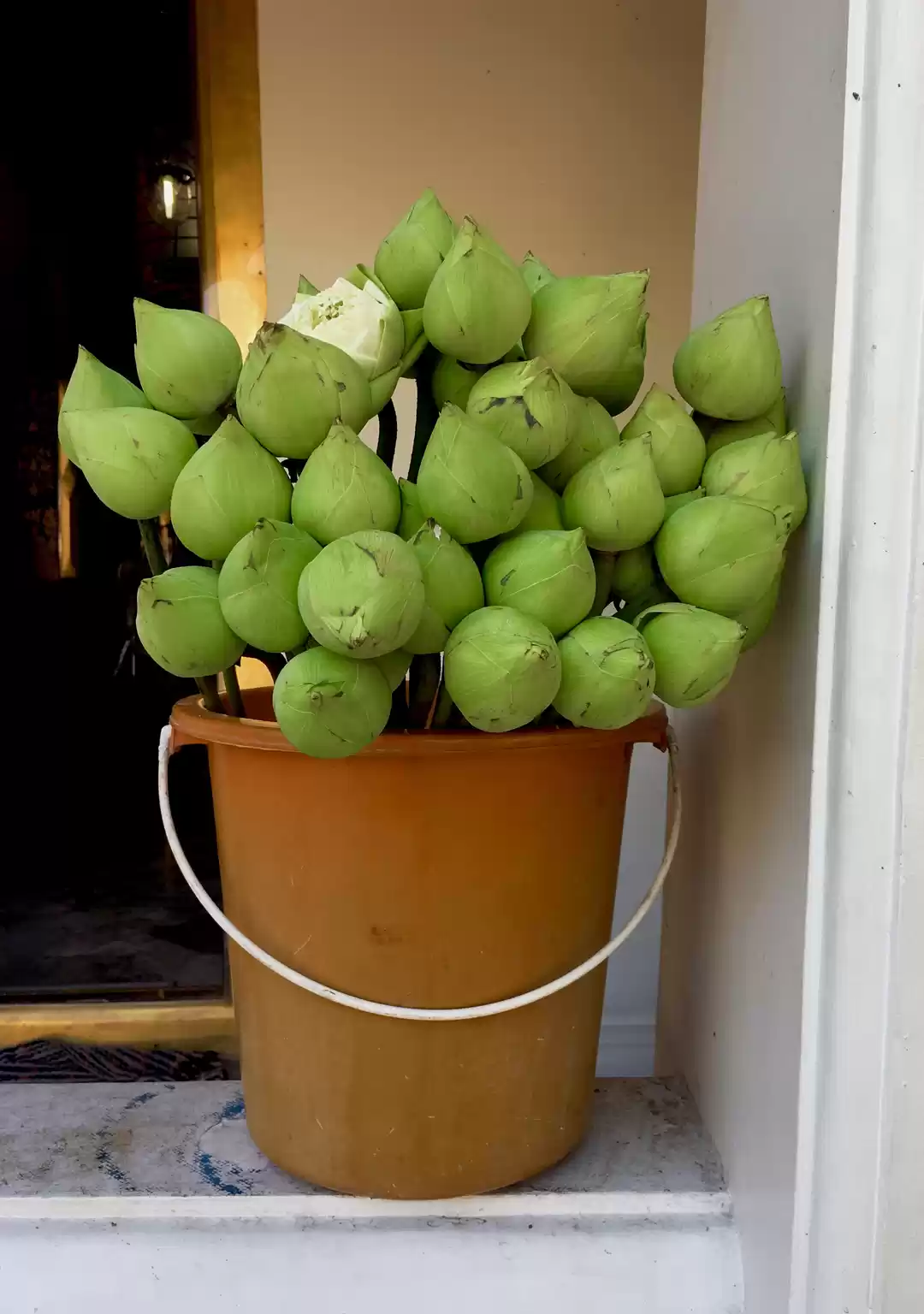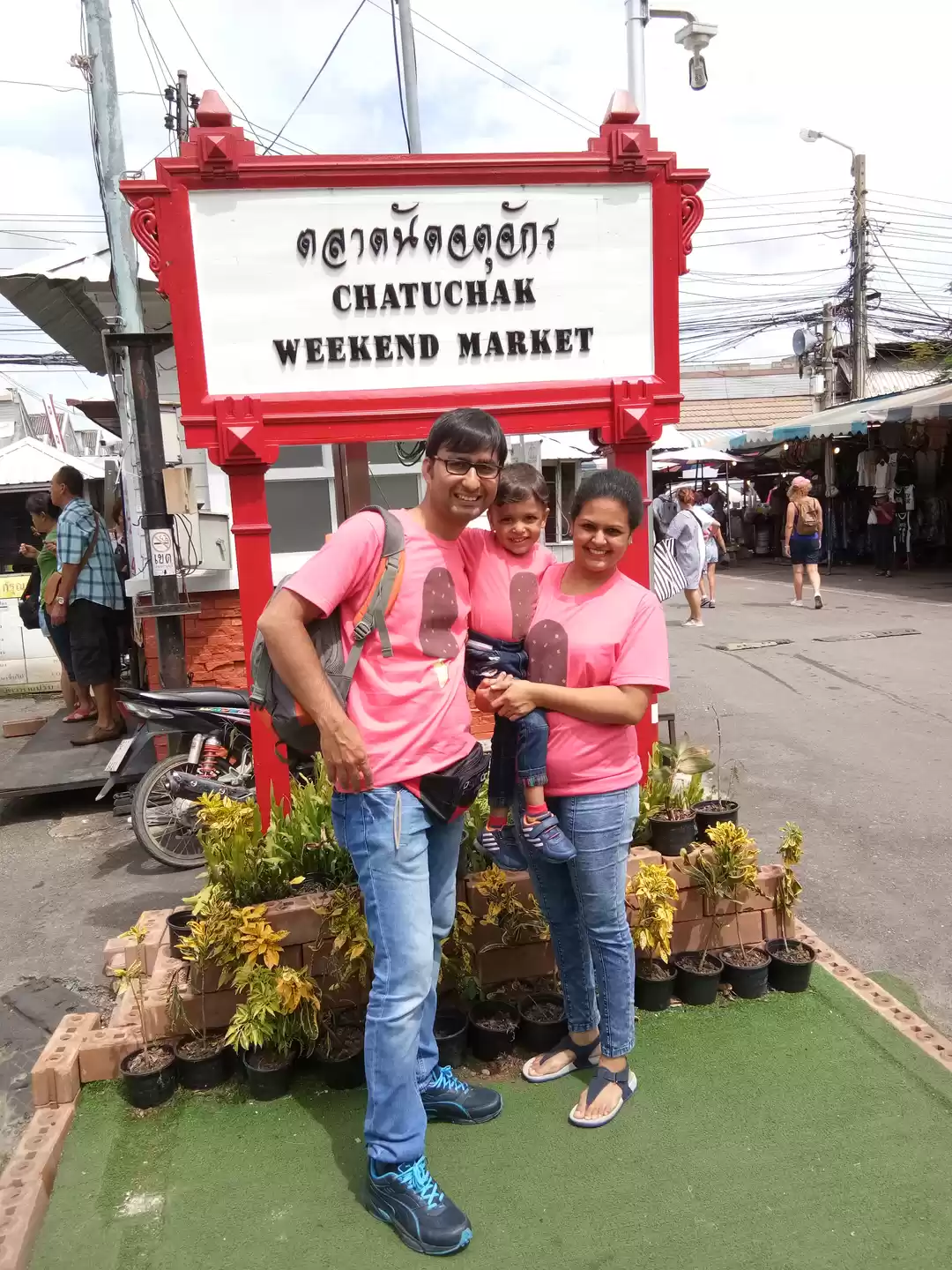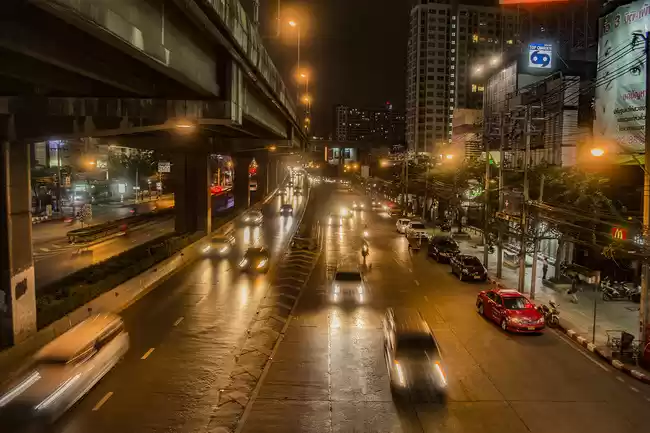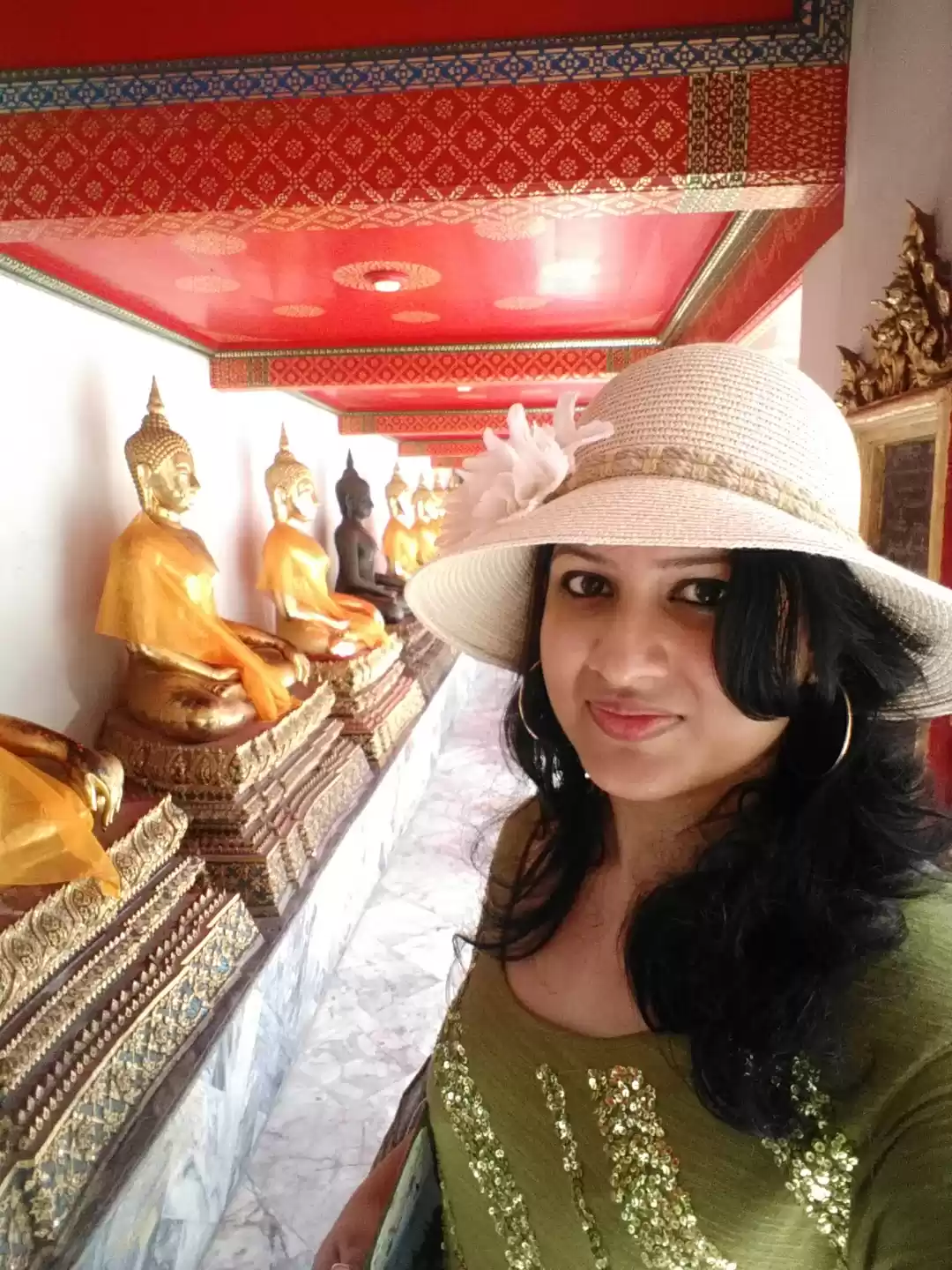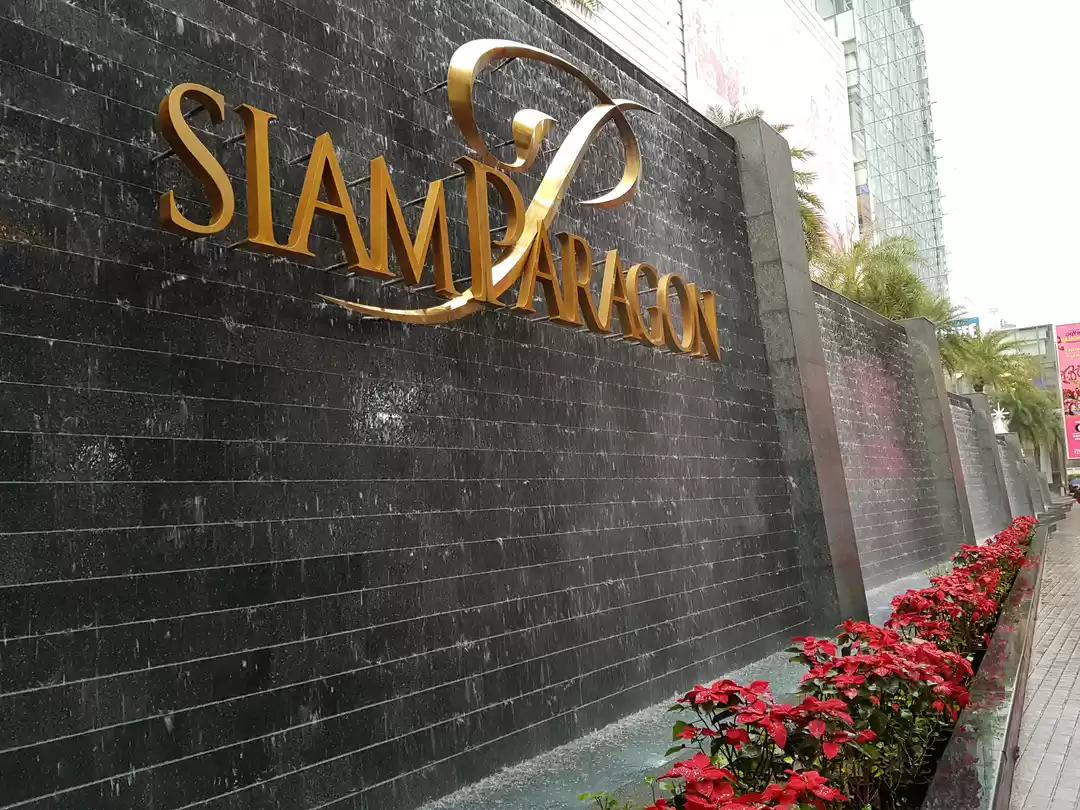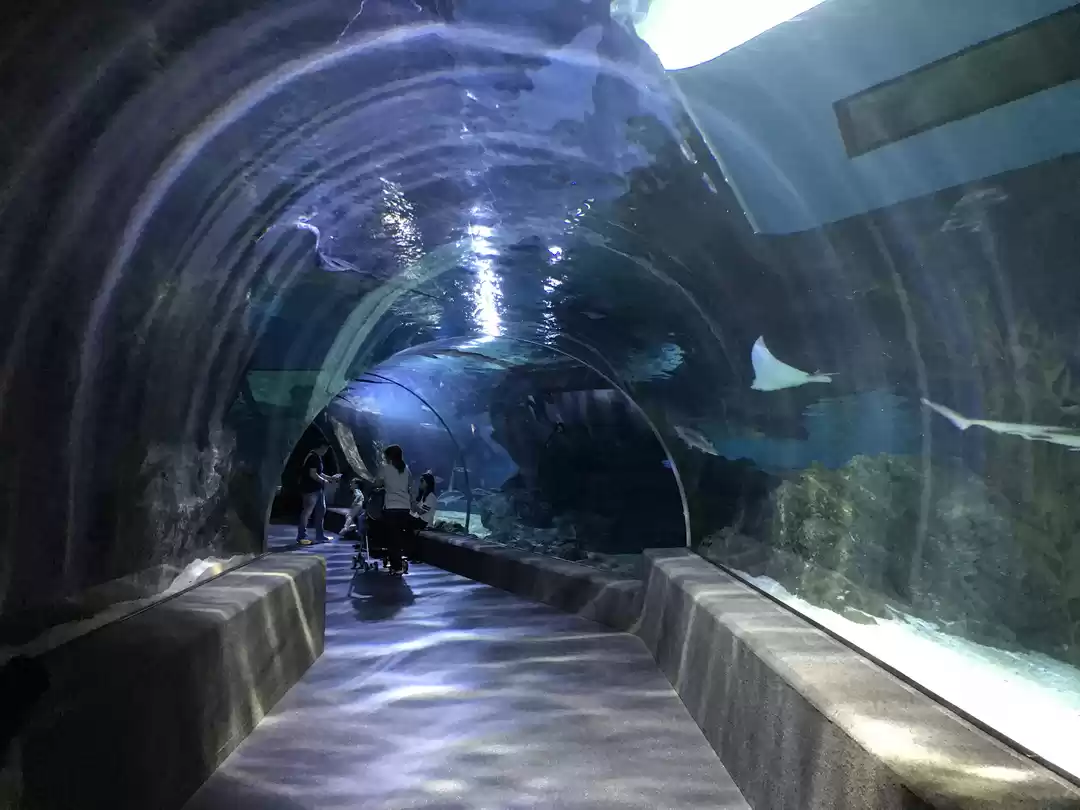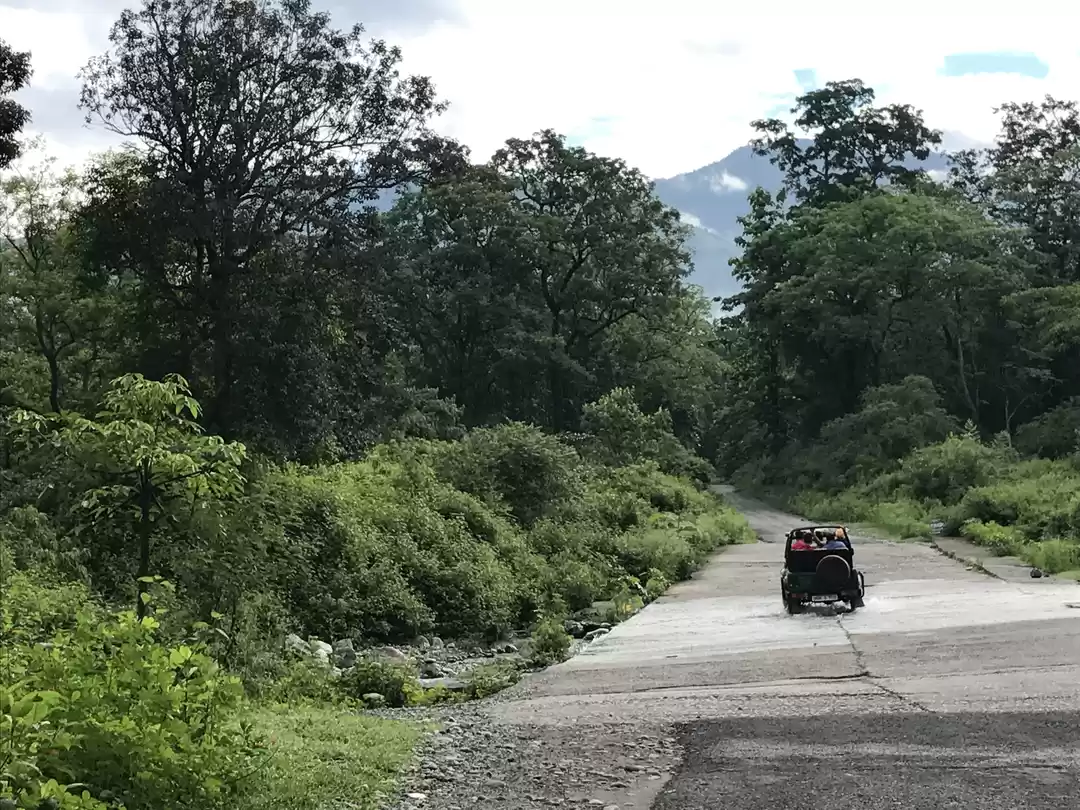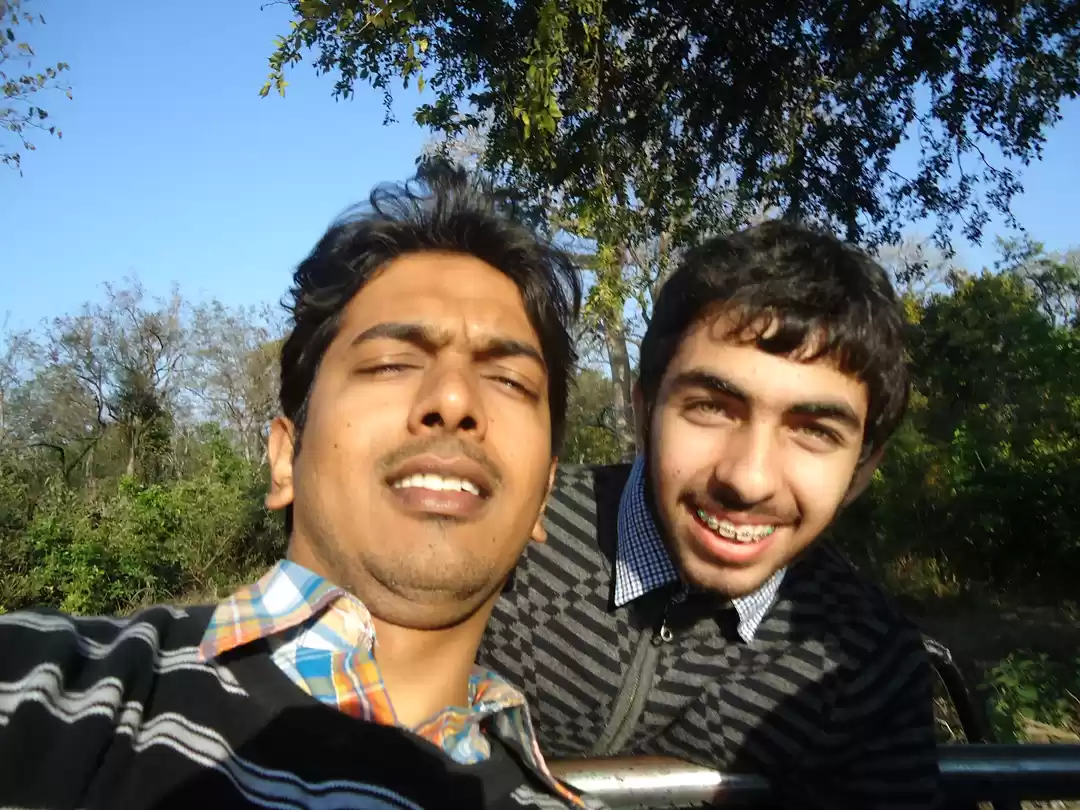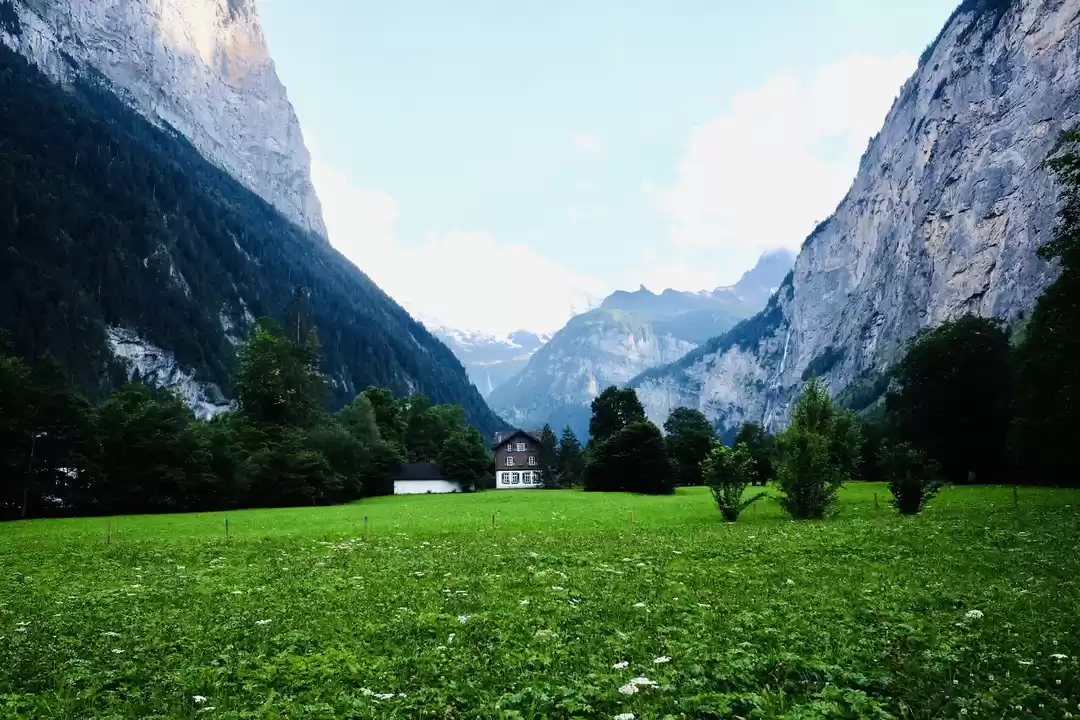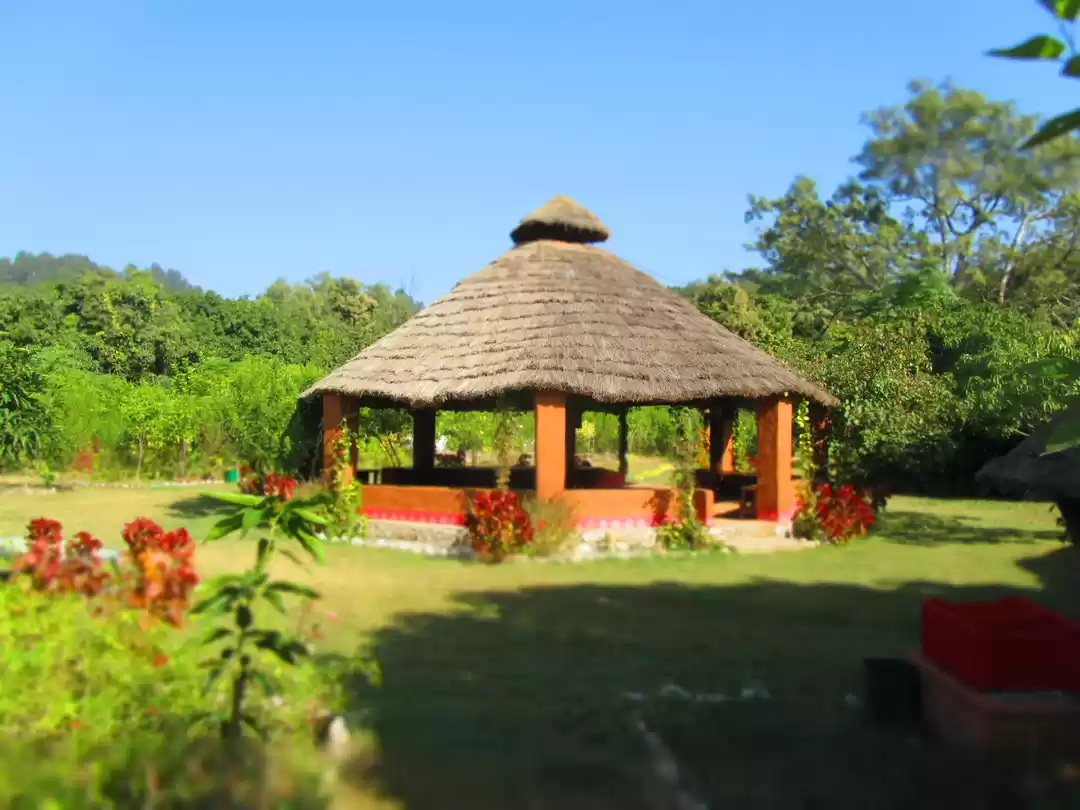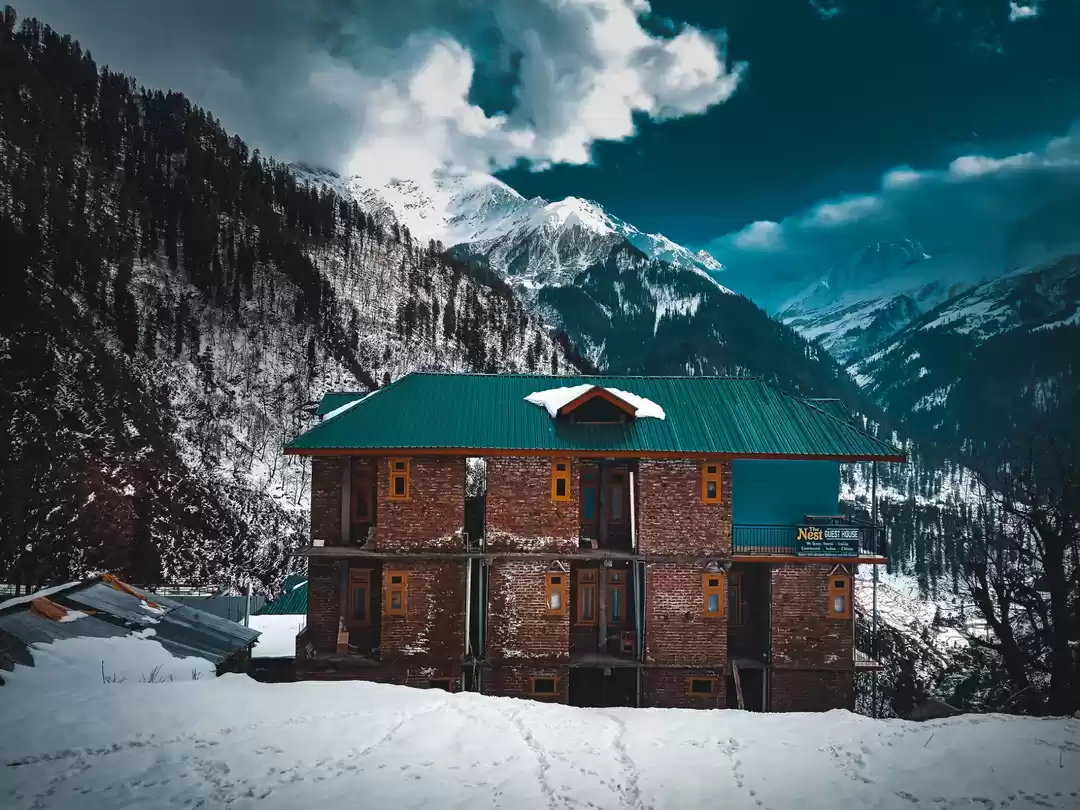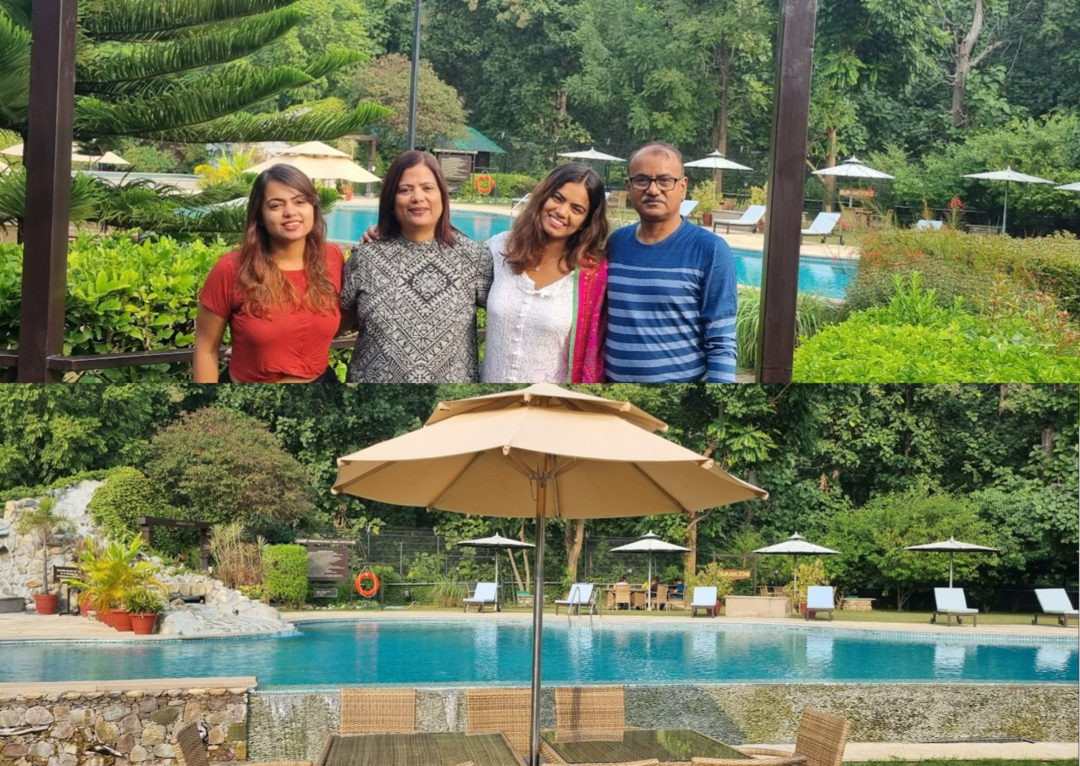If you are looking for a place to experience the beauty and diversity of Thai art and culture in Bangkok, look no further than the Jim Thompson House, a museum that showcases the personal collection of a legendary figure in the Thai silk industry and a mysterious disappearance case.
The Jim Thompson House is a lovely garden-enclosed compound that houses six traditional Thai teakwood houses and displays a stunning array of Asian antiques and Thai silk. In this article, we will tell you everything you need to know about the Jim Thompson House, its history, its collection, its features, and how to visit this unique attraction.
History of the Jim Thompson House
The Jim Thompson House was built in 1959 by Jim Thompson, an American entrepreneur who revived the Thai silk industry and became one of the most famous foreigners in Thailand. Jim Thompson was born in Delaware in 1906 and graduated from Princeton University. He worked as an architect in New York before joining the US Army and serving as a spy in the Office of Strategic Services (OSS) during World War II. He was stationed in Thailand at the end of the war and decided to stay there after falling in love with the country and its people.

Jim Thompson became fascinated by the Thai silk industry, which was dying due to the lack of demand and quality. He founded the Thai Silk Company in 1948 and introduced new designs, colors, and techniques to produce high-quality silk fabrics. He also promoted Thai silk to the international market, especially to the fashion and film industries. His silk was used in the costumes of the Broadway musical The King and I and the Hollywood movie The World of Suzie Wong. He also supplied silk to famous clients such as Queen Elizabeth II, Jacqueline Kennedy, and Audrey Hepburn.
Jim Thompson was also an avid collector of Asian art and antiques, especially from Thailand, Cambodia, Myanmar, Laos, and China. He acquired and assembled six traditional Thai teakwood houses to create his residence and museum on the bank of the Khlong Saen Saep canal in Bangkok. He carefully arranged his collection of Buddha images, paintings, ceramics, textiles, and furniture in the houses, creating a harmonious blend of Thai architecture and Asian art. He also planted a lush tropical garden around the houses, adding to the charm and tranquility of the place.
Jim Thompson’s life and career came to an abrupt end in 1967, when he mysteriously disappeared while on a holiday in Malaysia’s Cameron Highlands. He went for a walk in the jungle and never returned. His fate remains unknown to this day, despite extensive searches and investigations. His house and collection were preserved by his relatives and friends, and later transferred to the James H.W. Thompson Foundation, a non-profit organization dedicated to promoting Thai art and culture. The Jim Thompson House was opened to the public as a museum in 1976 and has since become one of the most popular attractions in Bangkok.
Collection of the Jim Thompson House
The collection of the Jim Thompson House is a treasure trove of Asian art and antiques, reflecting Jim Thompson’s taste and vision. The collection spans several centuries and regions, and includes some rare and valuable pieces. Here are some of the main highlights and exhibits of the Jim Thompson House:

The Buddha images:
The Jim Thompson House displays a remarkable collection of Buddha images from different periods and styles, such as the Dvaravati, Srivijaya, Khmer, Sukhothai, Ayutthaya, and Rattanakosin. Some of the notable Buddha images are the 17th-century bronze standing Buddha from Ayutthaya, the 13th-century stone seated Buddha from Lopburi, and the 7th-century stone head of Buddha from Cambodia.
The paintings:
The Jim Thompson House showcases a variety of paintings from different countries and genres, such as Thai mural paintings, Chinese ink paintings, Indian miniature paintings, and European oil paintings. Some of the notable paintings are the 18th-century Thai mural painting of the Ramakien epic, the 19th-century Chinese ink painting of the Eight Immortals, the 17th-century Indian miniature painting of the Mughal emperor Akbar, and the 19th-century European oil painting of Jim Thompson’s mother.
The ceramics:
The Jim Thompson House exhibits a diverse collection of ceramics from different eras and origins, such as Chinese porcelain, Thai stoneware, Cambodian pottery, and Vietnamese blue and white. Some of the notable ceramics are the 14th-century Chinese porcelain jar with dragon motif, the 15th-century Thai stoneware jar with fish motif, the 12th-century Cambodian pottery bowl with lotus motif, and the 15th-century Vietnamese blue and white dish with floral motif.
The textiles:
The Jim Thompson House displays a splendid collection of textiles from different regions and cultures, such as Thai silk, Indonesian batik, Indian cotton, and Tibetan wool. Some of the notable textiles are the 19th-century Thai silk pha sin (skirt) with gold thread, the 19th-century Indonesian batik sarong with parang (knife) motif, the 18th-century Indian cotton chintz with floral motif, and the 19th-century Tibetan wool carpet with dragon motif.
The furniture:
The Jim Thompson House features a fine collection of furniture from different styles and functions, such as Thai teakwood, Chinese lacquer, Burmese carved, and European antique. Some of the notable furniture are the 19th-century Thai teakwood bed with mother-of-pearl inlay, the 18th-century Chinese lacquer cabinet with landscape motif, the 19th-century Burmese carved table with elephant motif, and the 18th-century European antique desk with marquetry.
The collection of the Jim Thompson House also contains some mysteries and legends, such as the curse of the Cambodian head, the missing Benjarong bowl, and the hidden treasure. According to some stories, Jim Thompson bought a stone head of a Khmer deity from Cambodia, which was believed to be cursed and brought bad luck to its owner. He placed it in his bedroom, facing the door, to ward off evil spirits. Some people think that the head was responsible for his disappearance, or that it was stolen by his enemies.
Another story is that Jim Thompson had a rare and valuable Benjarong bowl, a type of Thai porcelain with five colors, which he kept in a secret compartment in his house. He showed it to a few trusted friends, but it vanished after his disappearance. Some people think that it was taken by his relatives, or that it was part of a larger treasure that he hid in his house. These stories add to the intrigue and allure of the Jim Thompson House and its collection.
Features of the Jim Thompson House
The Jim Thompson House offers more than just a museum of Asian art and antiques. It also provides a range of features and facilities that enhance the visitor’s experience and enjoyment. Here are some of the main features and facilities of the Jim Thompson House:

The guided tours:
The Jim Thompson House offers guided tours of the museum, which are included in the admission fee. The guided tours are conducted by knowledgeable and friendly guides, who explain the history, architecture, and collection of the Jim Thompson House in various languages, such as English, Thai, French, German, Japanese, and Chinese. The guided tours last about 30 minutes and are available every 20 minutes from 9:00 a.m. to 6:00 p.m. The guided tours are the only way to enter the museum, as visitors are not allowed to wander around the houses by themselves.
The art exhibitions:
The Jim Thompson House hosts regular art exhibitions in the Ayutthaya House, a modern building that was added to the compound in 2012. The art exhibitions feature contemporary works by local and international artists, who are inspired by the Jim Thompson House and its collection. The art exhibitions are free of charge and open from 9:00 a.m. to 5:00 p.m. The art exhibitions change every few months and showcase the diversity and creativity of the art scene in Thailand and beyond.
The silk shop:
The Jim Thompson House has a silk shop that sells a variety of products made from Thai silk, such as scarves, ties, bags, cushions, and clothing. The silk shop also offers a custom-made service, where visitors can choose their own fabric, color, and design, and have their items made within a few days. The silk shop is open from 9:00 a.m. to 6:00 p.m. and accepts cash and credit cards. The silk shop is a great place to buy souvenirs and gifts that reflect the quality and beauty of Thai silk and the legacy of Jim Thompson.
The restaurant:
The Jim Thompson House has a restaurant that serves delicious Thai cuisine in a cozy and elegant setting. The restaurant is located in a pavilion that overlooks the garden and the canal, offering a scenic and relaxing view. The restaurant offers a variety of dishes, such as salads, soups, curries, noodles, and desserts, as well as vegetarian and halal options. The restaurant also serves drinks, such as coffee, tea, juices, and cocktails. The restaurant is open from 9:00 a.m. to 5:00 p.m. and accepts reservations and walk-ins. The restaurant is a great place to enjoy a meal and a drink after visiting the museum and the art exhibitions.
The library:
The Jim Thompson House has a library that contains a large collection of books and magazines on Asian art and culture, such as Thai silk, Thai architecture, Thai painting, and Thai literature. The library also contains some personal items and documents of Jim Thompson, such as his passport, his diary, and his letters. The library is open to the public and researchers, who can access the books and magazines for free. The library is open from 9:00 a.m. to 5:00 p.m. and requires registration and identification. The library is a great place to learn more about the Jim Thompson House and its collection, as well as the broader context of Asian art and culture.
How to Visit the Jim Thompson House
If you are interested in visiting the Jim Thompson House, here are some practical information and tips that will help you plan your trip:
The admission fee: The admission fee for the Jim Thompson House is 200 baht (about 6 USD) for adults and 100 baht (about 3 USD) for students. The admission fee includes the guided tour of the museum and the access to the art exhibitions. Children under 10 years old are free of charge. The admission fee can be paid in cash or by credit card at the ticket counter.
The opening hours: The Jim Thompson House is open every day from 9:00 a.m. to 6:00 p.m. The last admission is at 5:30 p.m. The Jim Thompson House is closed on some public holidays, such as Songkran (Thai New Year) and Loy Krathong (Festival of Lights). You can check the website or call the Jim Thompson House for the latest information on the opening hours and the holiday closures.
The location: The Jim Thompson House is located at 6 Soi Kasemsan 2, Rama 1 Road, Wang Mai, Pathumwan, Bangkok 10330. The Jim Thompson House is situated in the heart of Bangkok, near the Siam Square shopping and entertainment area. The Jim Thompson House is easily accessible by public transportation, taxi, or boat.
The contact details: The Jim Thompson House can be contacted by phone, email, or website. The phone number is +66 (0) 2216 7368. The email address is info@jimthompsonhouse.com. The website is www.jimthompsonhouse.com. You can contact the Jim Thompson House for any inquiries, reservations, or feedback.
Here are some tips and advice on how to get the most out of your visit to the Jim Thompson House:
The best time to go: The best time to go to the Jim Thompson House is in the morning or in the late afternoon, when the weather is cooler and the crowds are smaller. The Jim Thompson House can get very busy during the peak hours, especially on weekends and holidays, so it is advisable to avoid those times if you want to enjoy a more peaceful and pleasant visit.
The dress code: The dress code for the Jim Thompson House is modest and respectful, as it is a museum and a cultural site. Visitors are required to wear appropriate clothing that covers their shoulders and knees, and to remove their shoes before entering the houses. Visitors are also advised to wear comfortable shoes and clothing, as they will have to walk around the compound and climb up and down the stairs.
The photography policy: The photography policy for the Jim Thompson House is strict and limited, as it is a museum and a private property. Visitors are not allowed to take photos or videos inside the houses, where the collection is displayed. Visitors are only allowed to take photos or videos outside the houses, in the garden and the pavilion. Visitors are also not allowed to use flash, tripod, or selfie stick, as they may damage or disturb the exhibits and the environment.
The etiquette: The etiquette for the Jim Thompson House is polite and courteous, as it is a museum and a cultural site. Visitors are expected to follow the rules and regulations of the Jim Thompson House, such as staying with the guided tour, not touching or moving the exhibits, not making noise or littering, and not smoking or eating. Visitors are also expected to respect the guides, the staff, and the other visitors, and to appreciate the beauty and significance of the Jim Thompson House and its collection.
Other attractions and activities that are nearby!
Here are some other attractions and activities that are nearby or related to the Jim Thompson House, that you can visit or enjoy before or after your visit:

The Siam Paragon shopping mall:
The Siam Paragon shopping mall is one of the largest and most luxurious shopping malls in Bangkok, located just across the street from the Jim Thompson House. The Siam Paragon shopping mall offers a wide range of shops, restaurants, cinemas, and entertainment options, such as the Siam Ocean World aquarium, the Madame Tussauds wax museum, and the KidZania edutainment park. The Siam Paragon shopping mall is open from 10:00 a.m. to 10:00 p.m. and can be reached by the BTS Skytrain at the Siam station.
The Bangkok Art and Culture Centre:
The Bangkok Art and Culture Centre is a contemporary art and culture hub in Bangkok, located next to the Jim Thompson House. The Bangkok Art and Culture Centre hosts various exhibitions, events, and activities that showcase the creativity and diversity of the Thai and international art scene, such as painting, sculpture, photography, film, music, and performance. The Bangkok Art and Culture Centre also has a library, a bookstore, a café, and a souvenir shop. The Bangkok Art and Culture Centre is open from 10:00 a.m. to 9:00 p.m. from Tuesday to Sunday, and is closed on Monday. The admission is free of charge and can be reached by the BTS Skytrain at the National Stadium station.
The National Stadium:
The National Stadium is a multi-purpose stadium in Bangkok, located near the Jim Thompson House. The National Stadium is the main venue for sports and concerts in Bangkok, hosting events such as football, boxing, and music festivals. The National Stadium also has a sports complex, a swimming pool, and a fitness center. The National Stadium is open from 6:00 a.m. to 10:00 p.m. and can be reached by the BTS Skytrain at the National Stadium station.
The Khlong Saen Saep boat ride:
The Khlong Saen Saep boat ride is a fun and cheap way to explore Bangkok by water, passing by the Jim Thompson House. The Khlong Saen Saep boat ride is a public transportation service that operates on the Khlong Saen Saep canal, which runs through the center of Bangkok. The Khlong Saen Saep boat ride offers a glimpse of the local life and culture along the canal, such as temples, markets, and houses. The Khlong Saen Saep boat ride also provides a fast and convenient alternative to the traffic and congestion on the roads. The Khlong Saen Saep boat ride runs from 5:30 a.m. to 8:30 p.m. and costs from 10 to 20 baht (about 0.3 to 0.6 USD) per trip. The nearest pier to the Jim Thompson House is the Hua Chang pier, which is a short walk away.
The Jim Thompson House is a museum of Thai art and culture in Bangkok that showcases the collection of Jim Thompson, a legendary figure in the Thai silk industry and a mysterious disappearance case. The Jim Thompson House is a beautiful and fascinating attraction that offers a glimpse of the history, architecture, and collection of the Jim Thompson House, as well as the features and facilities that enhance the visitor’s experience and enjoyment.
The Jim Thompson House is also a great place to learn more about the Jim Thompson House and its collection, as well as the broader context of Asian art and culture.
If you are interested in visiting the Jim Thompson House, you can find all the practical information and tips that will help you plan your trip in this article. We hope that you enjoyed reading this article and that you will visit the Jim Thompson House soon.
If you have any thoughts, questions, or experiences to share, please feel free to leave a comment below. And if you liked this article, please subscribe to our newsletter or follow us on social media for more travel tips and insights.
Thank you for reading and happy travels!














